Walking out to the garden and seeing twisted, damaged leaves is heartbreaking. That’s exactly what I face this season.
Herbicide drift has once again made its way into my yard, and I want to show you exactly what that damage looks like, especially on tomatoes, watermelons, peppers, zinnias, and sunflowers. Let’s take a close look so you know what to look for, too.
Contents
What Is Herbicide Drift and Why Does It Happen?
Herbicide drift can hit when you least expect it. I don’t spray chemicals in my garden, yet the damage still shows up.
How Herbicide Drift Reaches Your Garden
It only takes a little wind and the wrong timing. Herbicide drift happens when chemicals like dicamba or 2,4-D travel from nearby fields, ditches, or even a neighbor’s yard and settle onto your plants.
I live near farmland, but that’s not the only risk. Drift can come from:
- A neighbor spraying their lawn
- Your township spraying the ditch
- A farmer spraying crops a few miles away
That’s what makes this so frustrating. You don’t even have to use herbicides yourself to deal with the damage!
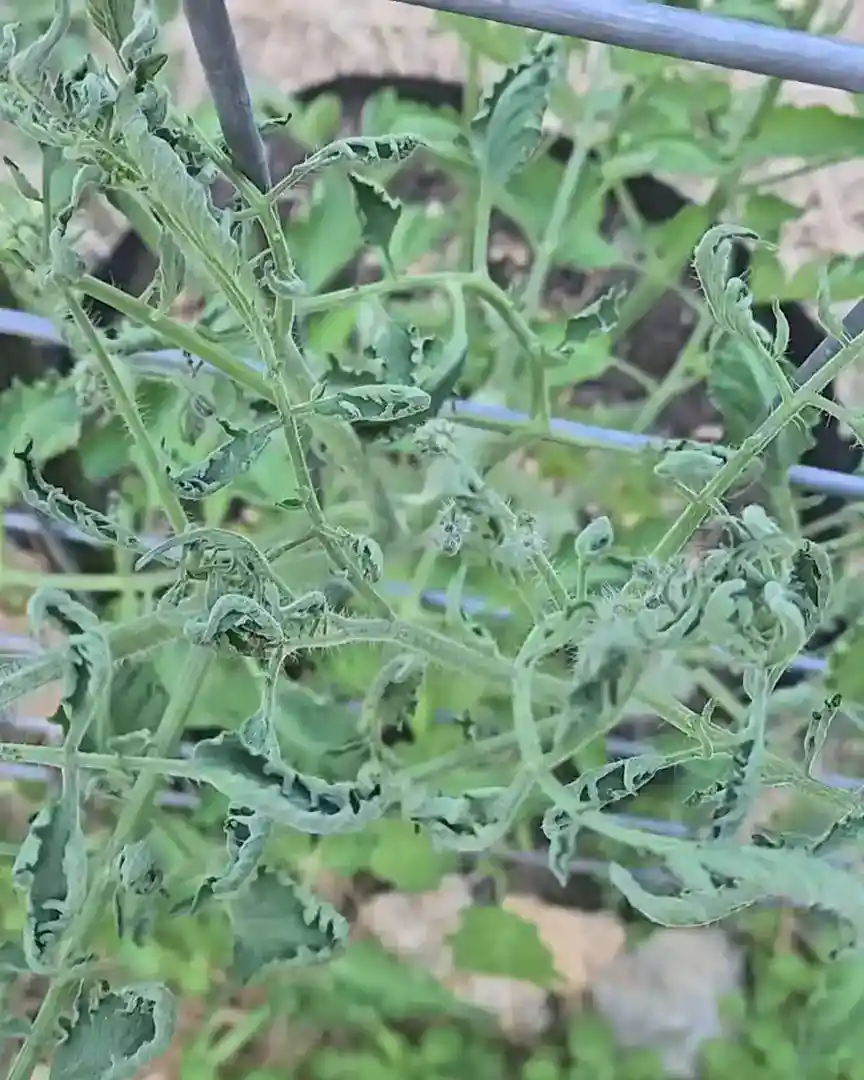
Common Herbicides That Cause Damage
The most likely culprits in my case are dicamba and 2,4-D. These are broadleaf herbicides commonly used in agriculture.
They can travel easily, especially when applied on windy days or when the weather causes them to evaporate and float.
Why Herbicide Drift Is a Serious Problem
Drift doesn’t just make your plants look bad—it affects everything:
- Growth slows down
- Fruit may not develop normally
- It’s hard to know if the fruit is even safe to eat
That’s a risk I’m not willing to take. I’ve put too much effort into these plants to watch them struggle or risk eating contaminated food.
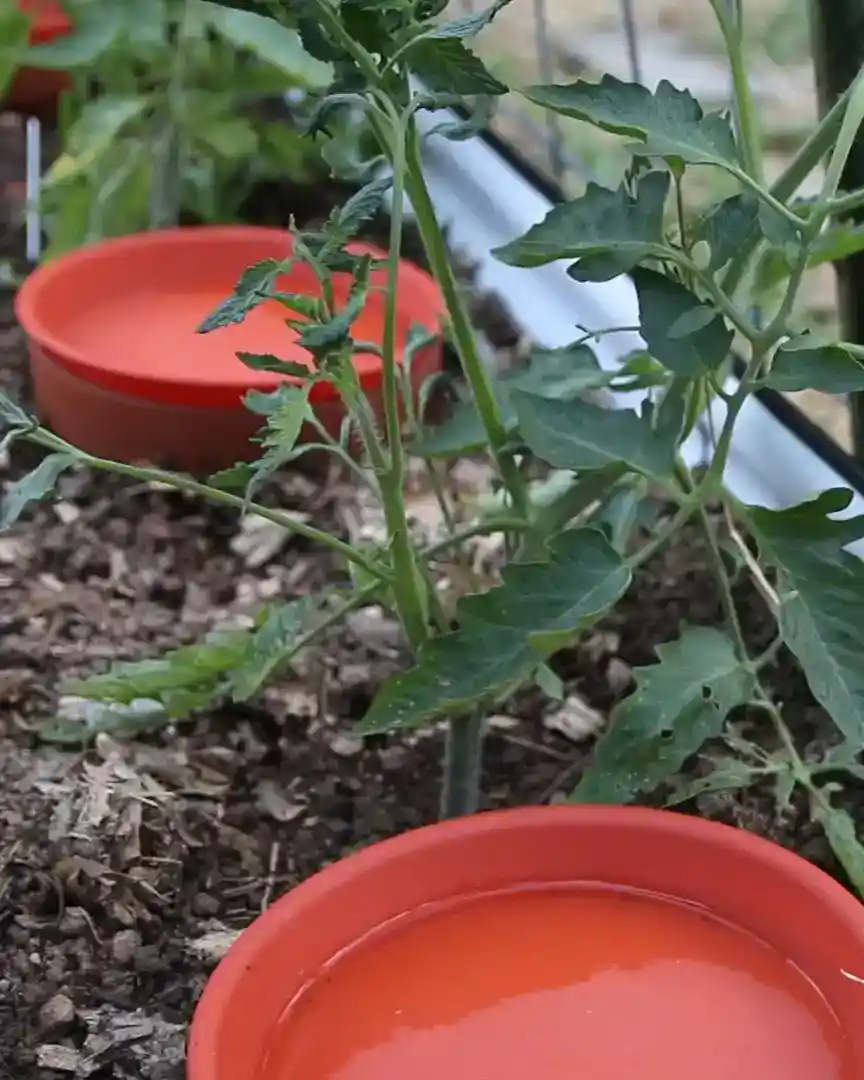
How to Identify Herbicide Drift on Plants
Now let me show you what I saw in my garden. Each type of plant reacts a little differently, so it’s essential to know the signs.
Tomato Damage from Herbicide Drift
Tomatoes are usually the first to show symptoms in my garden. The new growth is the most affected. I see leaves that are:
- Twisted
- Narrow
- Curled
- Stunted
If I look closely, the veins are also wavy. It’s clear something is wrong. While tomatoes might outgrow the damage, their fruit will likely come later, and I can’t be sure it’s safe to eat.
So I made the hard choice: I’m pulling them out and starting over. It’s not easy, especially after starting them from seed.
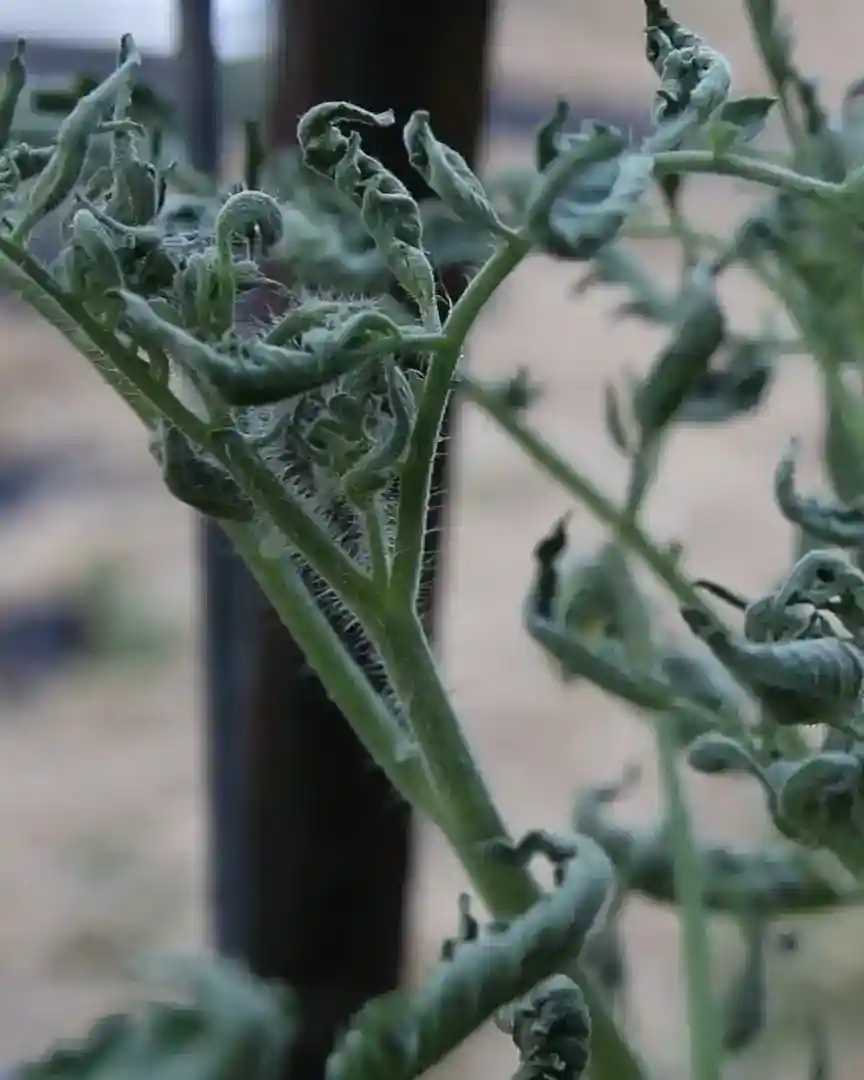
Signs of Herbicide Damage on Watermelons
Next, I noticed damage on my watermelon plants. This wasn’t as obvious at first, but once I looked closely, I saw:
- Leaves with a puckered or bubbled look
- Some leaves were very thin and oddly shaped
Those are classic signs of drift. Again, I didn’t feel confident in the harvest, so I started replanting.
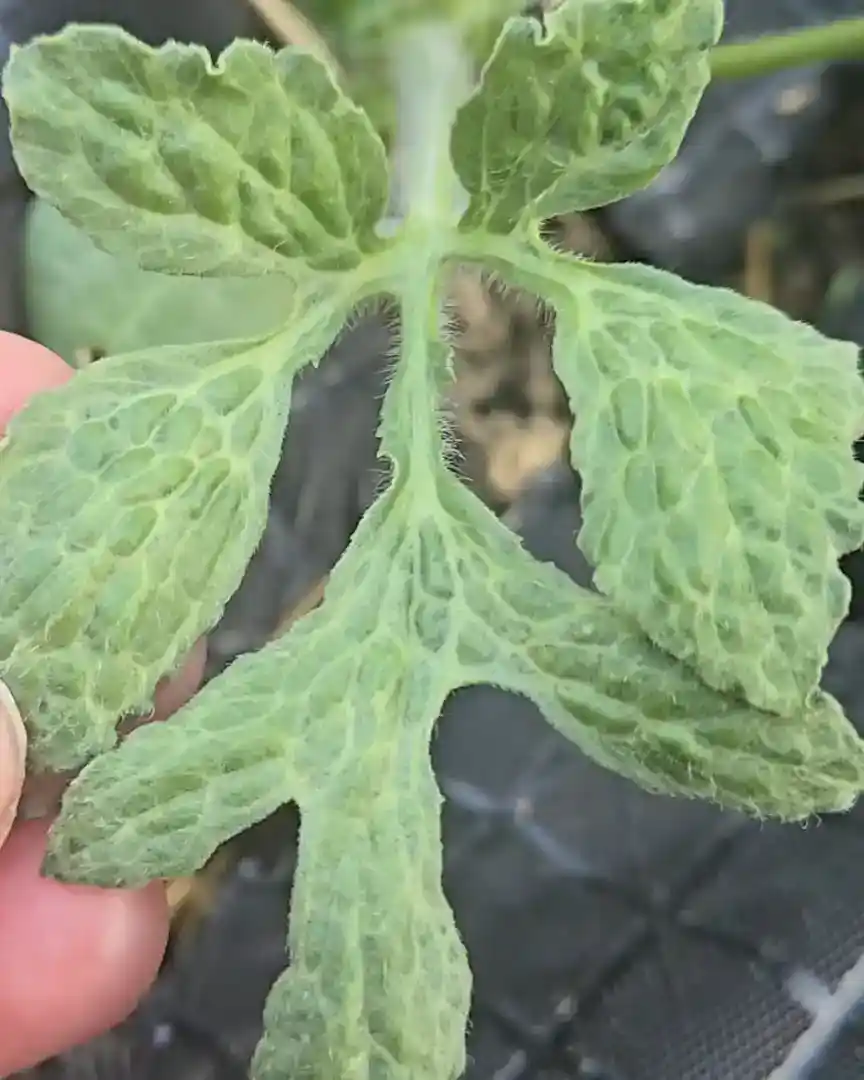
Pepper Plant Symptoms of Herbicide Drift
My peppers showed more subtle signs. The new leaves looked skinny and just off. Something wasn’t right.
One of my pepper varieties is high in anthocyanin, so it naturally looks purple—even the flowers! That purple tint has nothing to do with herbicide damage, which is vital to point out.
I almost got confused by it myself.
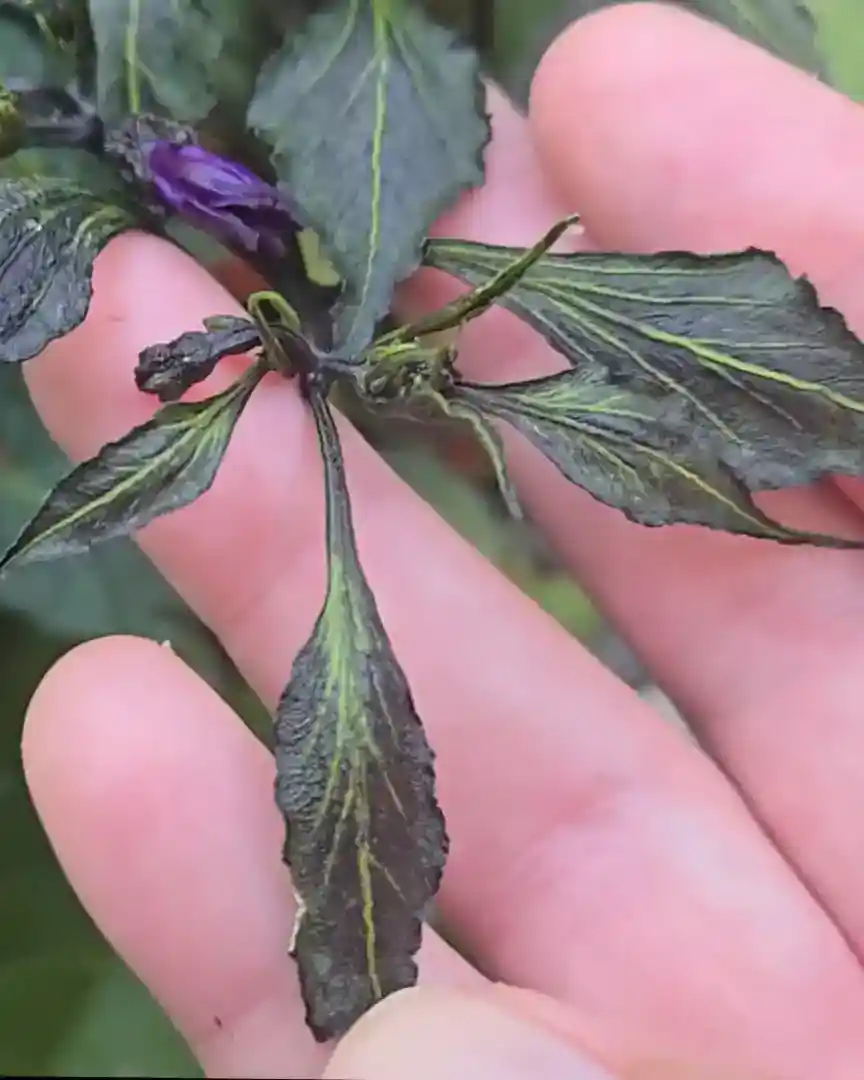
Zinnia and Sunflower Herbicide Symptoms
I hadn’t planted my zinnias and sunflowers yet—they were still sitting on the deck. But they were hit, too!
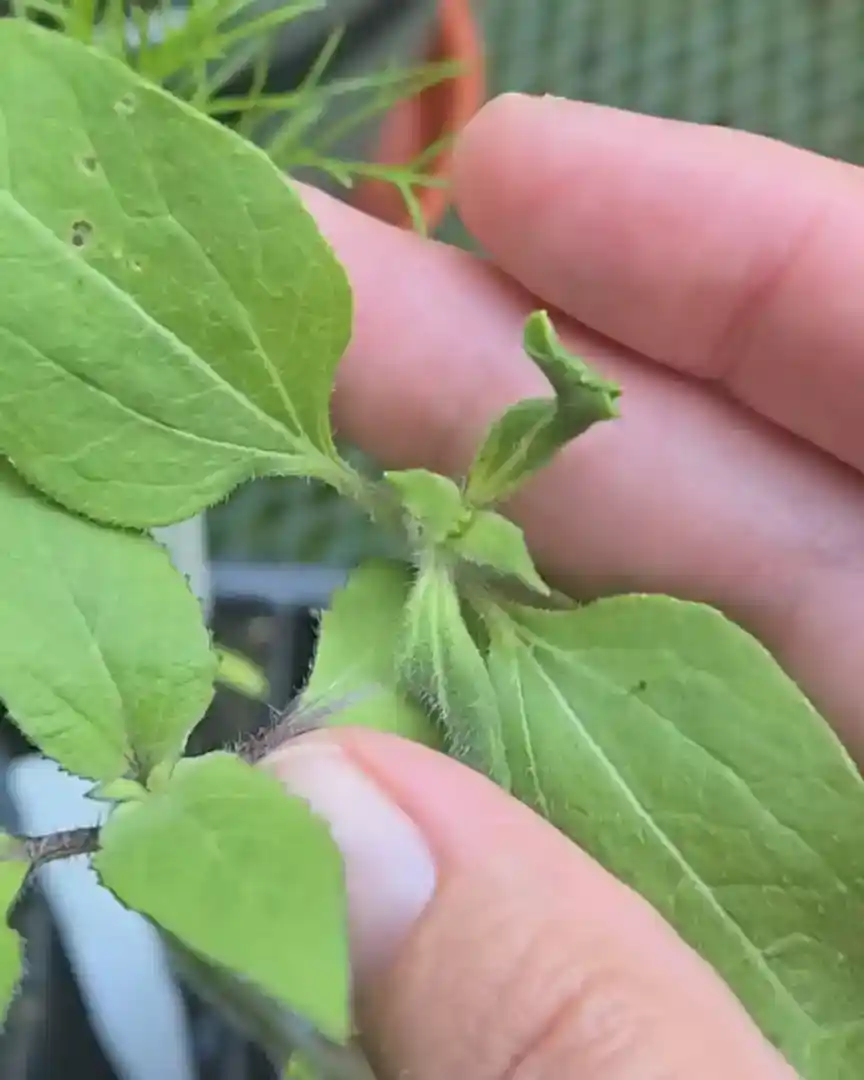
The leaves looked thin and narrow, and the early growth was clearly stunted. That said, the newer growth looks better. Since I’m not eating these flowers, I will go ahead and plant them. I hope for the best.
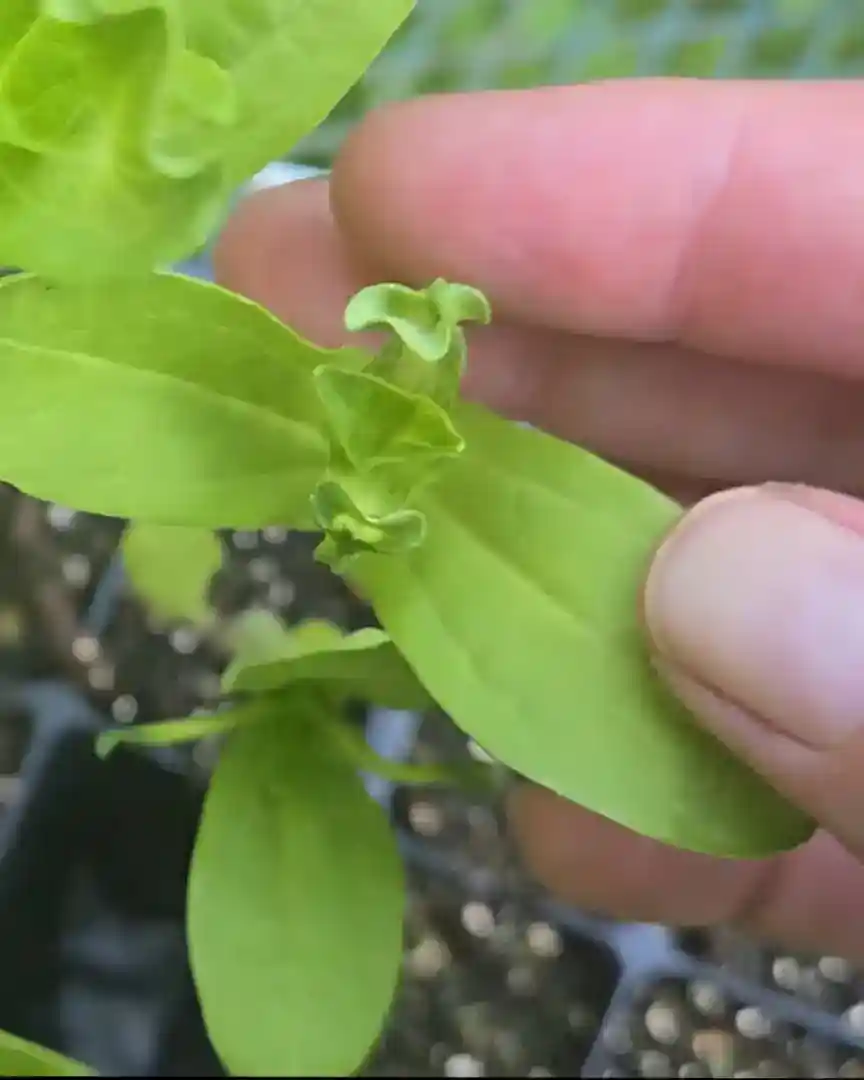
Past vs. Present: Comparing Drift Events
This isn’t the first time I’ve dealt with this. About eight years ago, herbicide drift hit my garden. Back then, I only had to replace four or five tomato plants.
This time, it’s much worse. I’m replacing a whole bunch. It’s discouraging, but I’m staying focused on moving forward.
I’m pretty sure I know where the drift came from. There’s a lot of farmland around me. But again, you don’t need to live near a farm to have this happen. Herbicide drift can come from anywhere nearby.
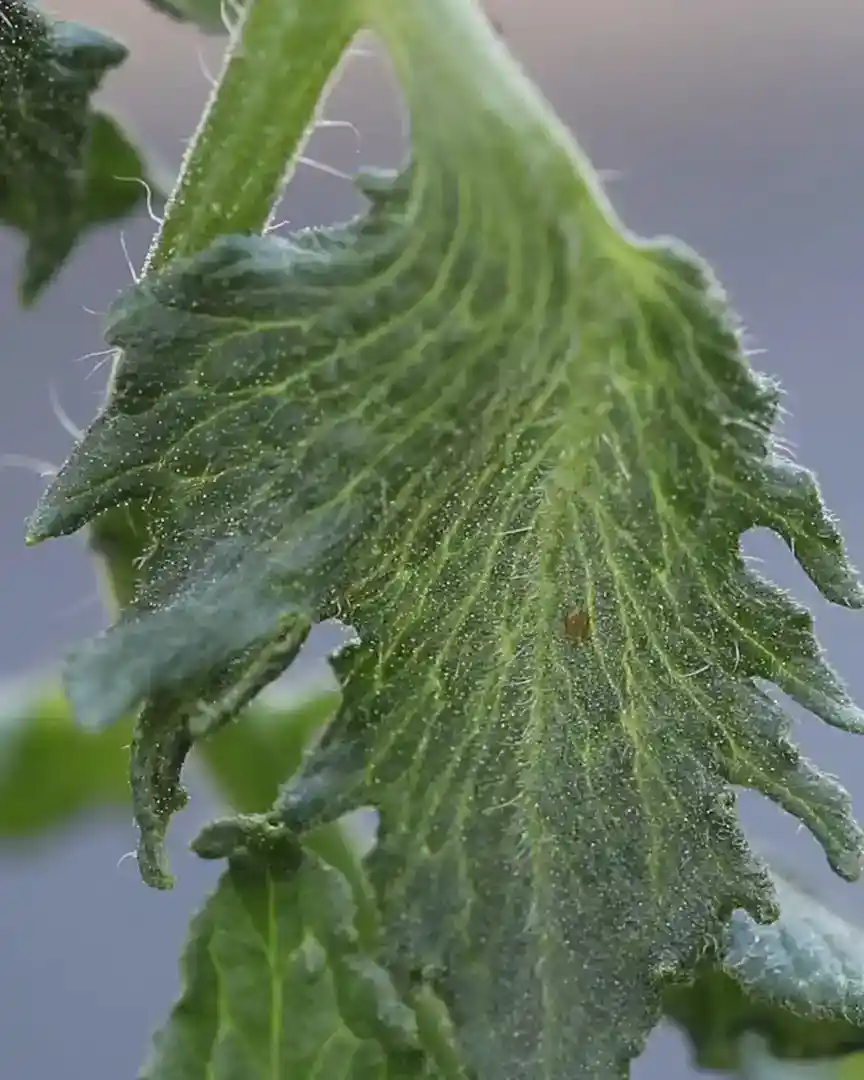
What to Do After Herbicide Drift Exposure
If you’re facing this kind of damage in your garden, you’re not alone. Here’s what I did after spotting the symptoms.
First, I did a ton of online research. I compared images, read about dicamba and 2,4-D, and took a closer look at my plants.
Then, I called my county extension agent. I always recommend checking with them—they’re a great local resource. After talking it over, I decided the best course of action was to start fresh.
It’s tough, but I’d rather lose a little time than risk growing crops that may be contaminated.
Replanting After Herbicide Damage
The bright side? I found a nursery with a great selection, and the plants were super affordable—only $1.25 each!
Tomato Varieties to Grow Again
I picked up several tomato varieties I’ve grown before and love:
- Yellow Brandywine (my favorite!)
- Pink Brandywine
- German Red Strawberry
- German Johnson
- Pineapple
- Hillbilly
- Big Beef (my only hybrid this year)
- Black Cherry
- Mortgage Lifter
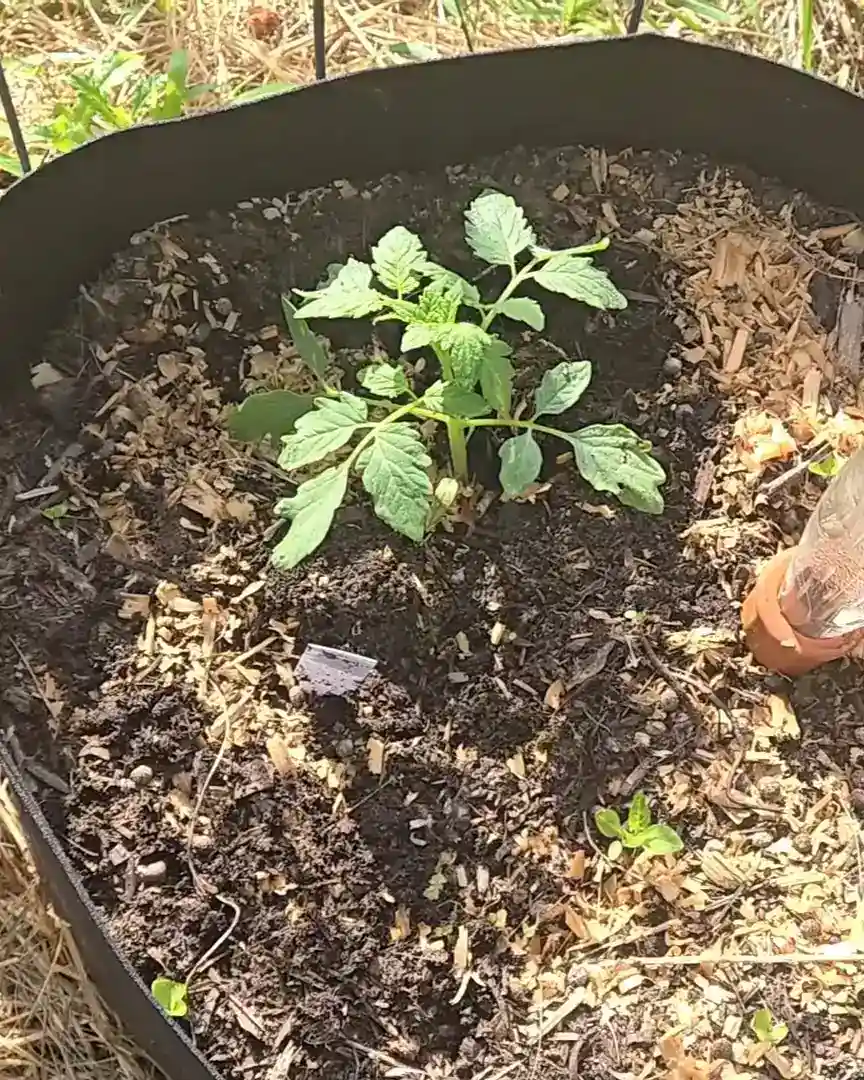
That’s a solid lineup, and I’m hopeful about starting over with healthy plants.
Watermelon Varieties That Thrive
For the watermelons, I did a mix of seeds and nursery plants. And I picked up plants of:
- Crimson Sweet
- Allsweet
- Florida Giant
- Sugar Baby
- Moon and Stars
I know these varieties well, and I’m excited to see them grow strong.
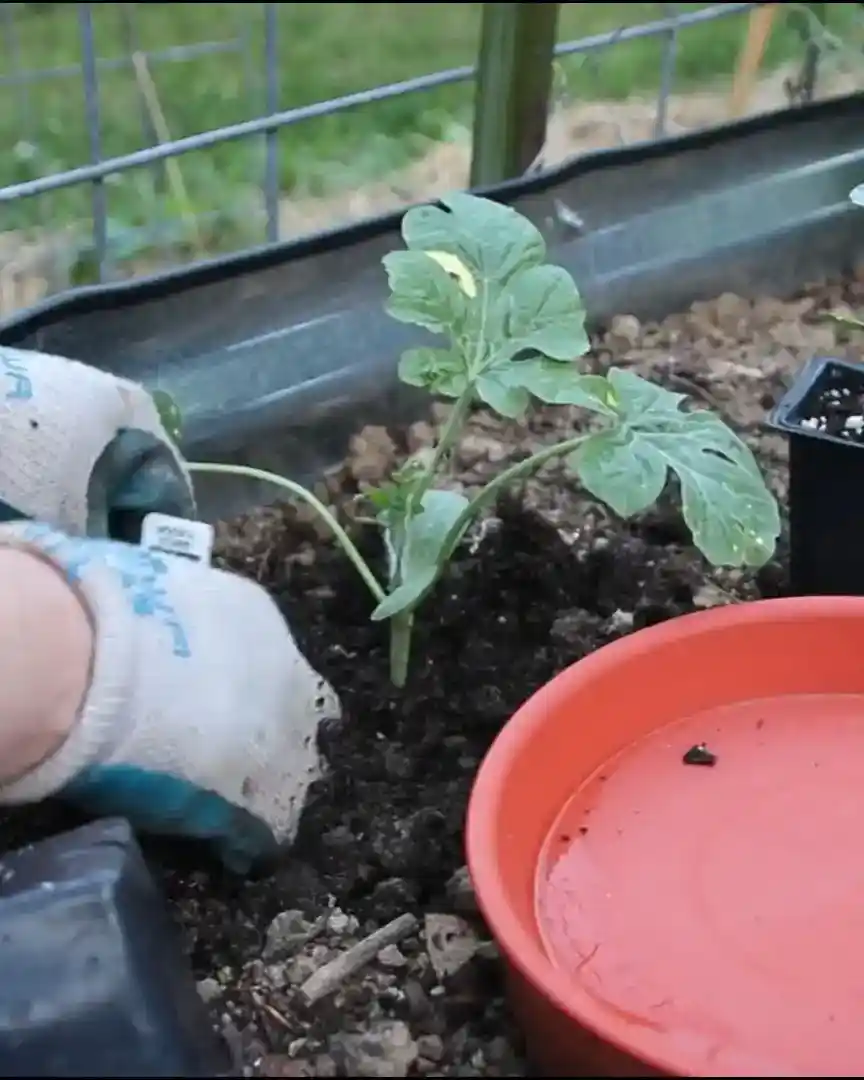
Replacing Peppers After Damage
I also bought new pepper plants. I don’t have the list in front of me, but I know I picked up:
- Hungarian Wax
- Habanero
- Red Bell Peppers
One variety I didn’t find was Jimmy Nardello. I really like that one, so I’ll miss it this year.
Wrapping Up
Herbicide drift damage is tough. Of course, my tomatoes, peppers, and watermelons will set fruit a bit later than usual. That’s okay. I’ve been through worse, and I know the garden can bounce back.
You can bounce back stronger than ever with a little effort and the right mindset, too. Have you dealt with herbicide drift in your garden?
I’d love to hear your experience—let’s grow through this together!





